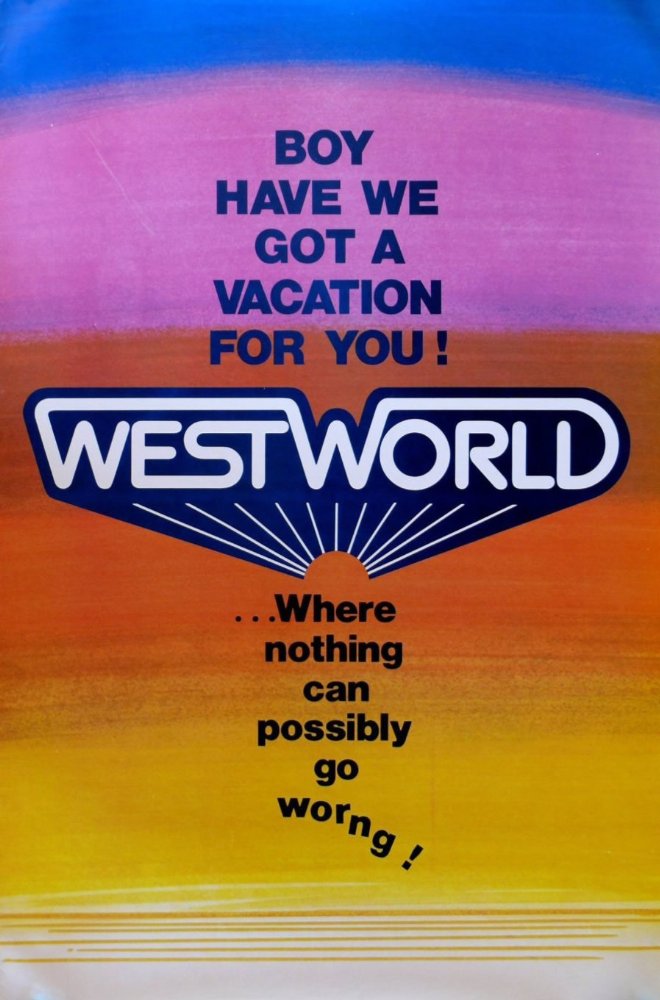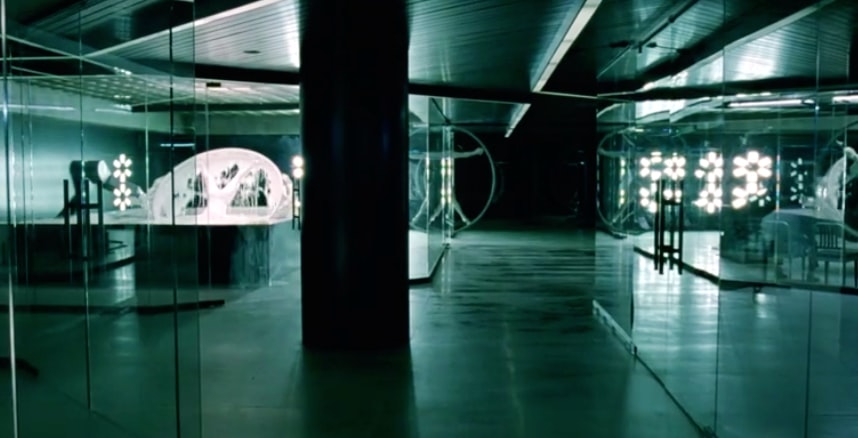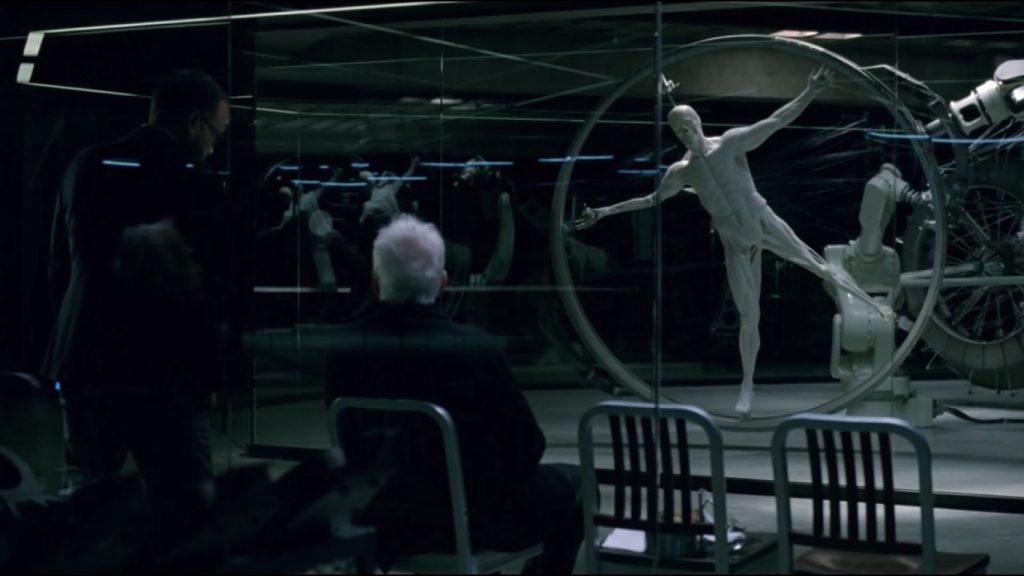When HBO first announced their new series Westworld, I was seriously excited. Having watched Yul Brynner star in the original film only recently, the 1973 film was still fresh in my mind. Set 10 years into the future (the distant world of 1983), the Westworld film delves into a reality where people vacation in futuristic theme parks populated by androids. These human resembling robots help the holidaymakers live out their fantasies, but eventually go haywire. The HBO interpretation takes things up a notch, with the first season expanding the story over 10 episodes and fully-formed robots being pulled out of vats of liquid – not dissimilar to the vat photo polymerization process or Carbon’s CLIP technology. Carbons founder has even credited another iconic sci-fi movie, Terminator 2, as the inspiration behind CLIP.

Future technology
One of the problems with creating a futuristic universe in film is making sure is doesn’t date badly. Take Lost in Space for example. Looking back we laugh at the set pieces and the costumes, but what is stopping us from doing the same with series like Westworld? The production designers Nathan Crowley and Zack Grobler both agreed that things should be kept simple when designing the universe and the robots. The technology had to be vaguely believable in order for the audience to really connect with the world they were laying out.

With an underground lab under the artificial Western town, Grobler said:
“The design of the lab had to be clinical. With the biological and the medical world, the facility also has to be quite clean. I did like the idea of the contrast between the above and below.”
The sparse lab contains technology you would expect to see in 100 years time, and 3D printers are included in this. The designers didn’t want to create aimlessly futuristic tech, but instead wanted it to be grounded in something we are already familiar with, and will most likely expand and flourish over time. In the show, 3D printers are used as 3D printers, they aren’t just some random set piece that looks like it belongs in the future.

From sci-fi to the real world
Science fiction is responsible for a lot of real world ‘futuristic technology’. Take Star Trek, and their communicators for example. They were the inspiration for mobile phones as we have them now. Even The Jetsons are responsible for inspiring Roomba robotic vacuum cleaners. But when sci-fi films and television start using technology like 3D printing in their future mythology, things get really exciting. To be showing something that exists in the now, and saying Yes, this will be around for a long time and will make leaps and bounds in every direction, that is something very special indeed.
Feature image via HBO.



